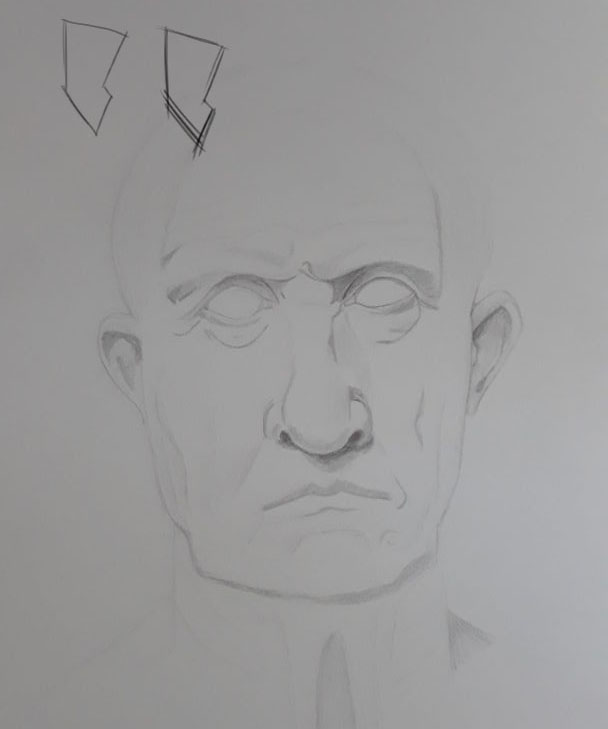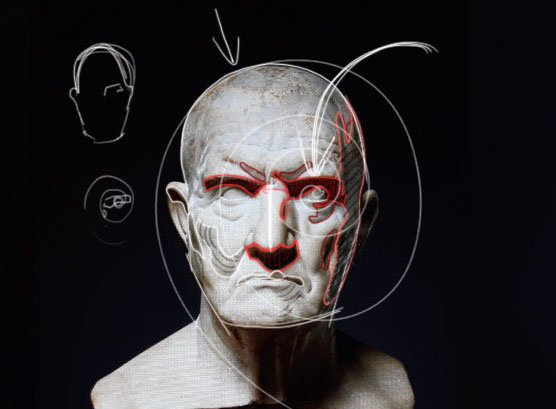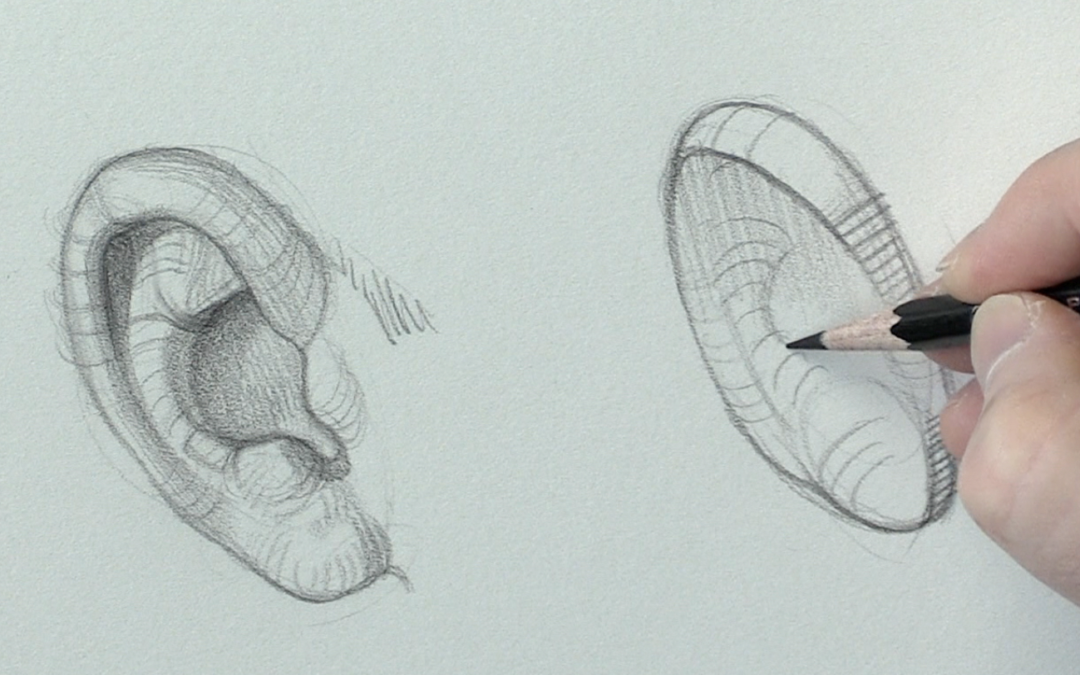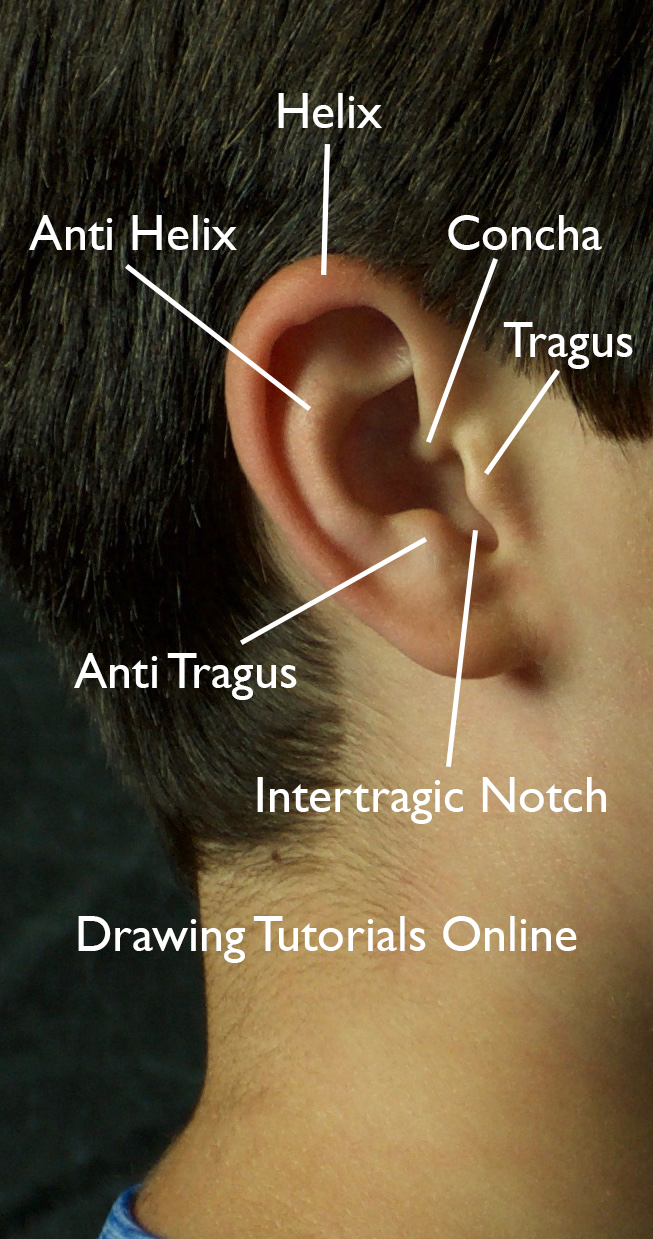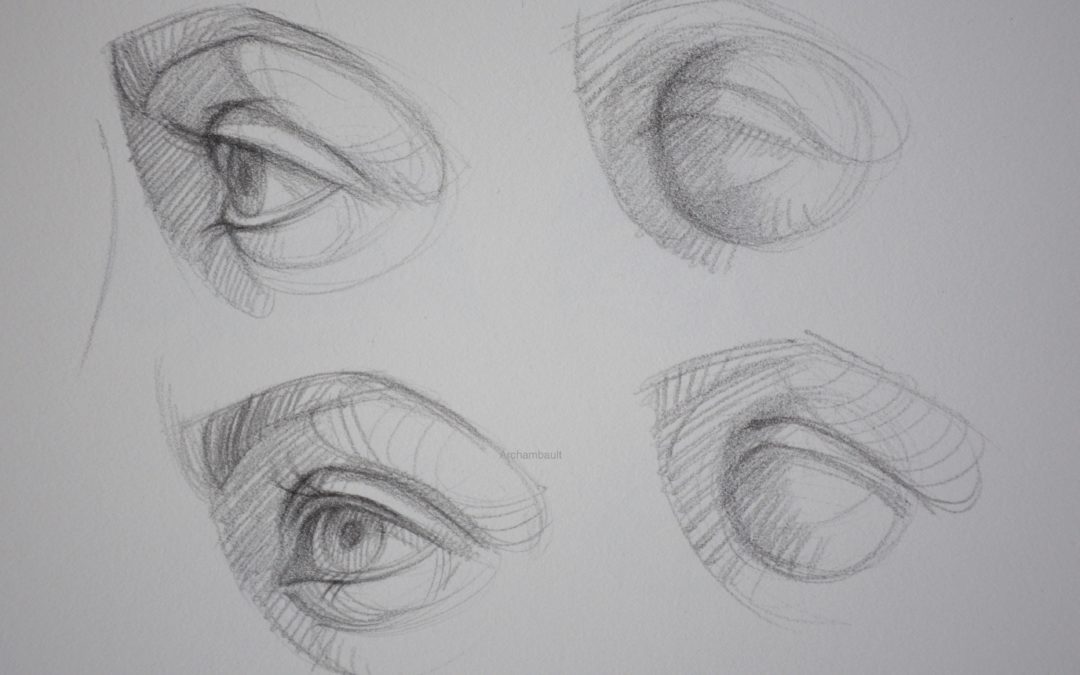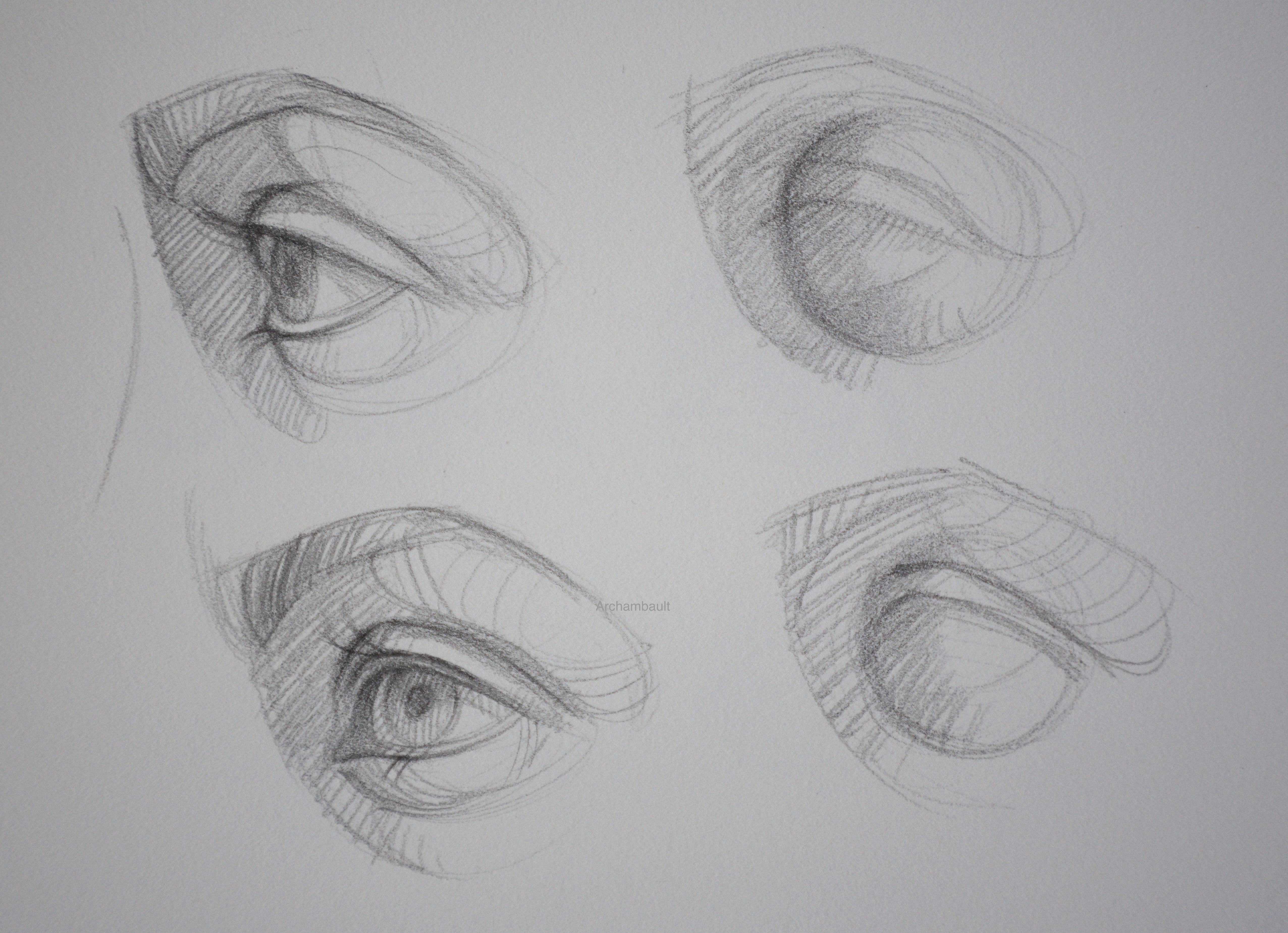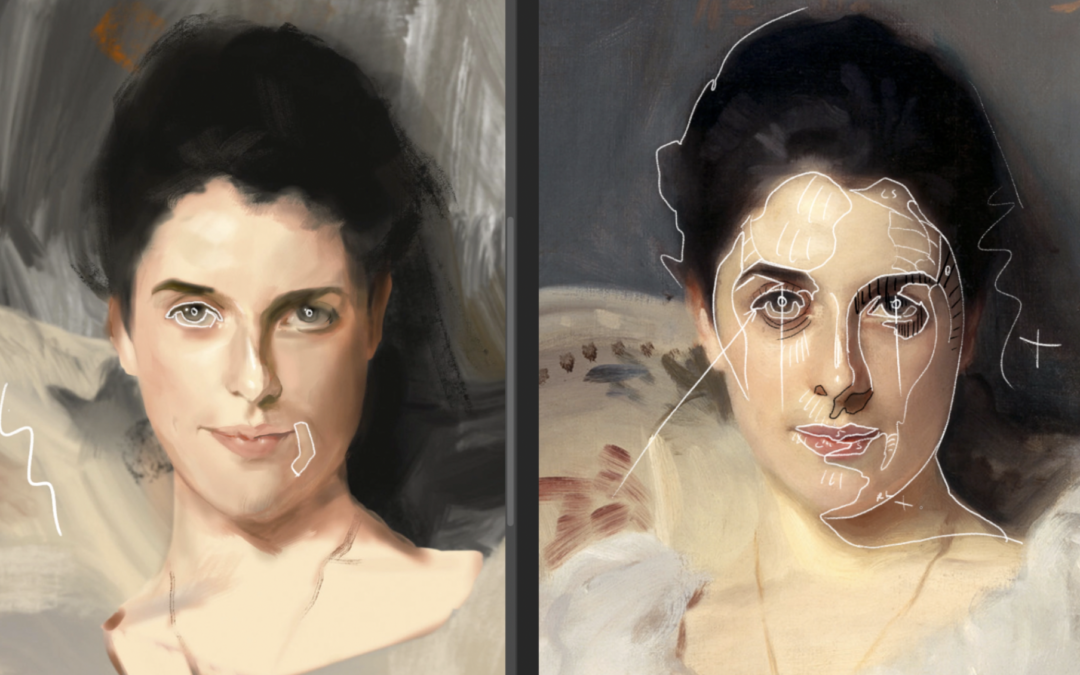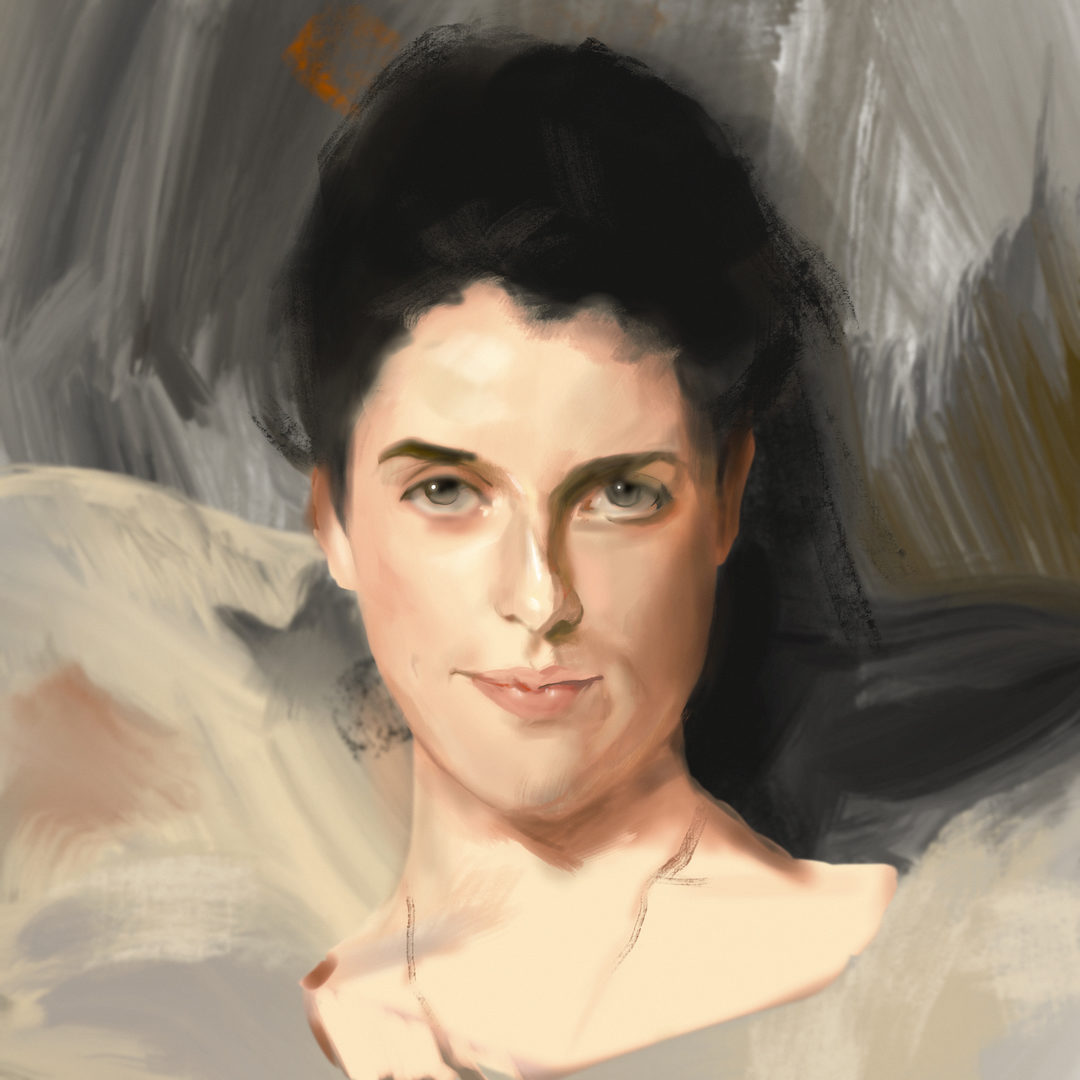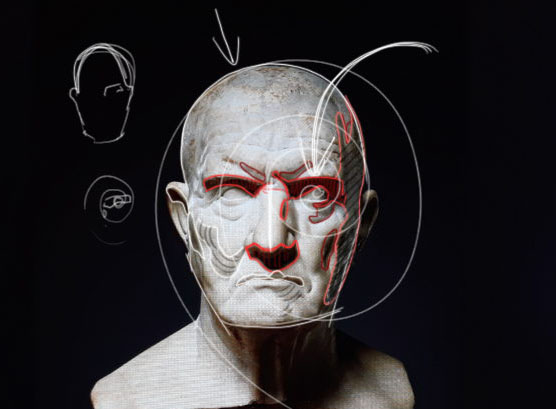
Shapes Equal Likeness
I wanted to share with you Michael’s critique. This week Michael shared one of his drawings in our member critique gallery. He had mentioned that he might have chosen the wrong photo.
I mentioned to Michael at the beginning of the critique that the photo was a good one. It’s good because it has some pretty good shadow shapes to cling onto. Michael is off to great start with his drawing, he just needs to focus on shapes.
If I had to give one piece of advice to any artist who aspires to draw portraits with a likeness, it would be to focus on drawing shapes, not things. Don’t draw the eyelid, draw the shadow shape around the eyelid.
Do not draw the lips with an outline, draw the shadow shape that makes up the upper lip and the shadow shape under the lower lip. In order to capture a person’s likeness, you must capture and draw their shapes accurately.
Now some would say that I’ve said this before, many times. Yes, I have because it works. When it comes to portrait drawing you want to be repetitive with certain things. One, always work from a photo that has good light and shade. Two, capture the likeness not through outlines but through shapes.
The modeling comes after you have blocked in light and shadow shapes. You do not need to learn fifty portrait drawing techniques, instead, you just need to master a few.
Drawing Tutorials Online is coming up on eleven years in business helping artists pursue their passion for drawing. Now is a great time to join, I am doubling down on making the website even better with shorter more instructive lessons. I look forward to helping you improve your artwork!.

